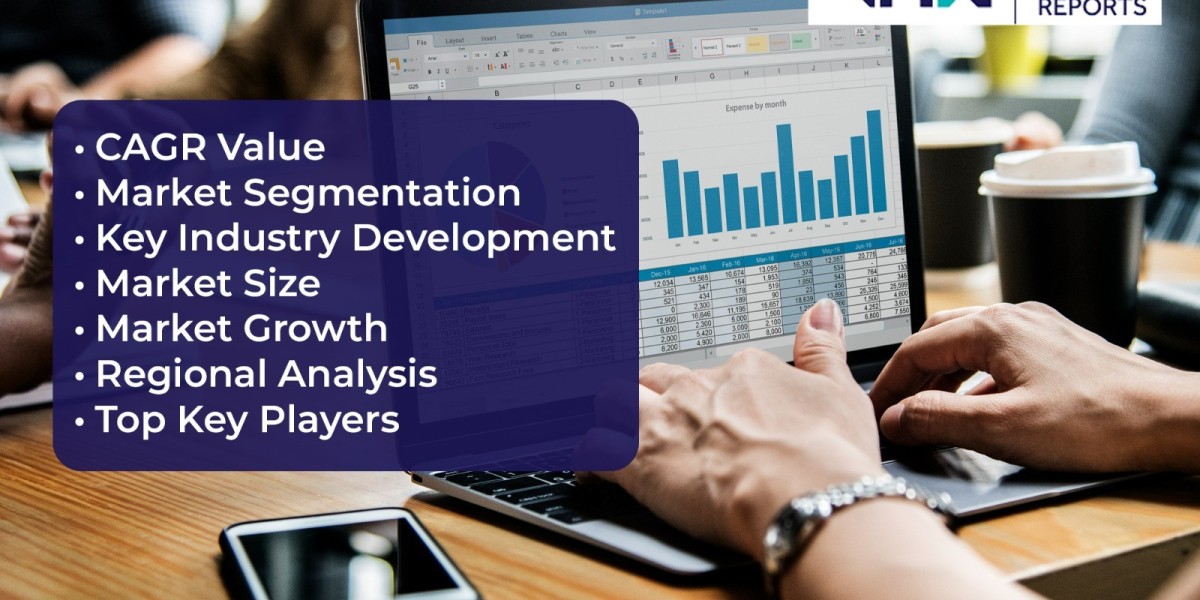Synthetic Aperture Radar (SAR) technology has long held immense potential for various applications, offering the unique ability to pierce through cloud cover, darkness, and adverse weather conditions to deliver high-resolution imagery. This capability makes SAR invaluable across a wide range of industries, and recent advancements are poised to propel the SAR market towards a significant takeoff.
Market Overview
According to Stratview Research, the global synthetic aperture radar market size was valued at USD 2.77 billion in 2021 and it is projected to reach USD 5.77 billion by 2028, growing at a CAGR of 10.96% during 2022-2028.
The Power of Synthetic Aperture Radar
Unlike traditional radar systems that rely on a single antenna, SAR utilizes a technique to synthesize a much larger virtual antenna. This allows SAR to achieve finer resolution, creating detailed images of a target area regardless of cloud cover, sunlight, or other obscuring factors. This makes SAR particularly advantageous for:
- Earth Observation: Monitoring environmental changes, deforestation, land-use patterns, and geological features. SAR can track subtle variations in terrain and vegetation, crucial for environmental monitoring and disaster management.
- Maritime Applications: SAR plays a vital role in ship detection, tracking, and monitoring activities at sea. It assists in search and rescue operations, combating illegal fishing, and monitoring oil spills.
- Defense and Security: SAR's ability to provide high-resolution imagery under any weather condition makes it a valuable asset for military and defense applications. It facilitates target detection, reconnaissance, and monitoring border security.
- Infrastructure Monitoring: SAR can be used to monitor pipelines, power lines, and other critical infrastructure for damage detection and maintenance purposes.
Factors Driving Market Growth
Several key factors are converging to drive significant growth in the SAR market:
- Technological Advancements: Continuous advancements in electronics, miniaturization, and signal processing capabilities are leading to the development of more compact, efficient, and affordable SAR systems. This opens up possibilities for wider deployment and integration with other platforms like drones and satellites.
- Growing Demand from Diverse Industries: The increasing demand for real-time, all-weather data from various sectors like agriculture, forestry, disaster management, and resource exploration is fueling market growth.
- Government Initiatives: Government agencies around the world are recognizing the strategic importance of SAR technology and are investing in research, development, and deployment of SAR systems for various applications.
- Rise of Small Satellites: The emergence of constellations of small satellites equipped with SAR sensors is making SAR data more readily available and affordable. This wider accessibility will further stimulate market growth.
Market Landscape and Key Players
The SAR market is currently dominated by established players like Airbus, Leonardo, Thales, Harris Corporation, and Raytheon Technologies. However, the entry of new startups specializing in innovative SAR solutions is fostering healthy competition and driving technological advancements. The market is expected to witness a shift towards more user-friendly and cost-effective SAR solutions to cater to the growing demand from non-traditional sectors.
Emerging Applications and Opportunities
The SAR market is brimming with exciting possibilities beyond traditional applications. Here are some emerging trends to watch:
- Integration with AI and Machine Learning: Combining SAR data with artificial intelligence (AI) and machine learning (ML) algorithms can unlock new capabilities for data analysis, anomaly detection, and real-time decision making.
- Urban Monitoring: SAR can be used to monitor urban infrastructure, detect illegal construction, and track traffic patterns, leading to smarter and more sustainable cities.
- Precision Agriculture: SAR data can be employed to assess soil moisture, crop health, and pest infestation, enabling farmers to optimize resource use and improve yields.
Challenges and Considerations
While the SAR market holds immense promise, some challenges need to be addressed:
- Data Processing Complexity: SAR data processing requires specialized expertise and high-performance computing resources. Simplifying data processing tools and workflows will be crucial for wider adoption.
- Regulatory Considerations: As the use of SAR technology expands, regulations regarding data privacy and security will need to be carefully considered.
- Cost Factors: Developing and deploying SAR systems can be expensive. Continued advancements in technology and economies of scale are essential to bring down costs and make SAR more accessible.
Conclusion
The SAR market is on the cusp of a significant takeoff, driven by technological advancements, growing demand from diverse industries, and increasing government support. With its unique all-weather imaging capabilities, SAR offers a powerful tool for various applications, from environmental monitoring to defense and security. As the technology matures and becomes more cost-effective, we can expect to see SAR playing an even more transformative role in shaping a future where we can truly see through the clouds.



